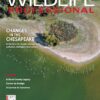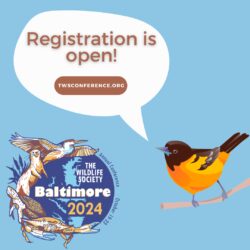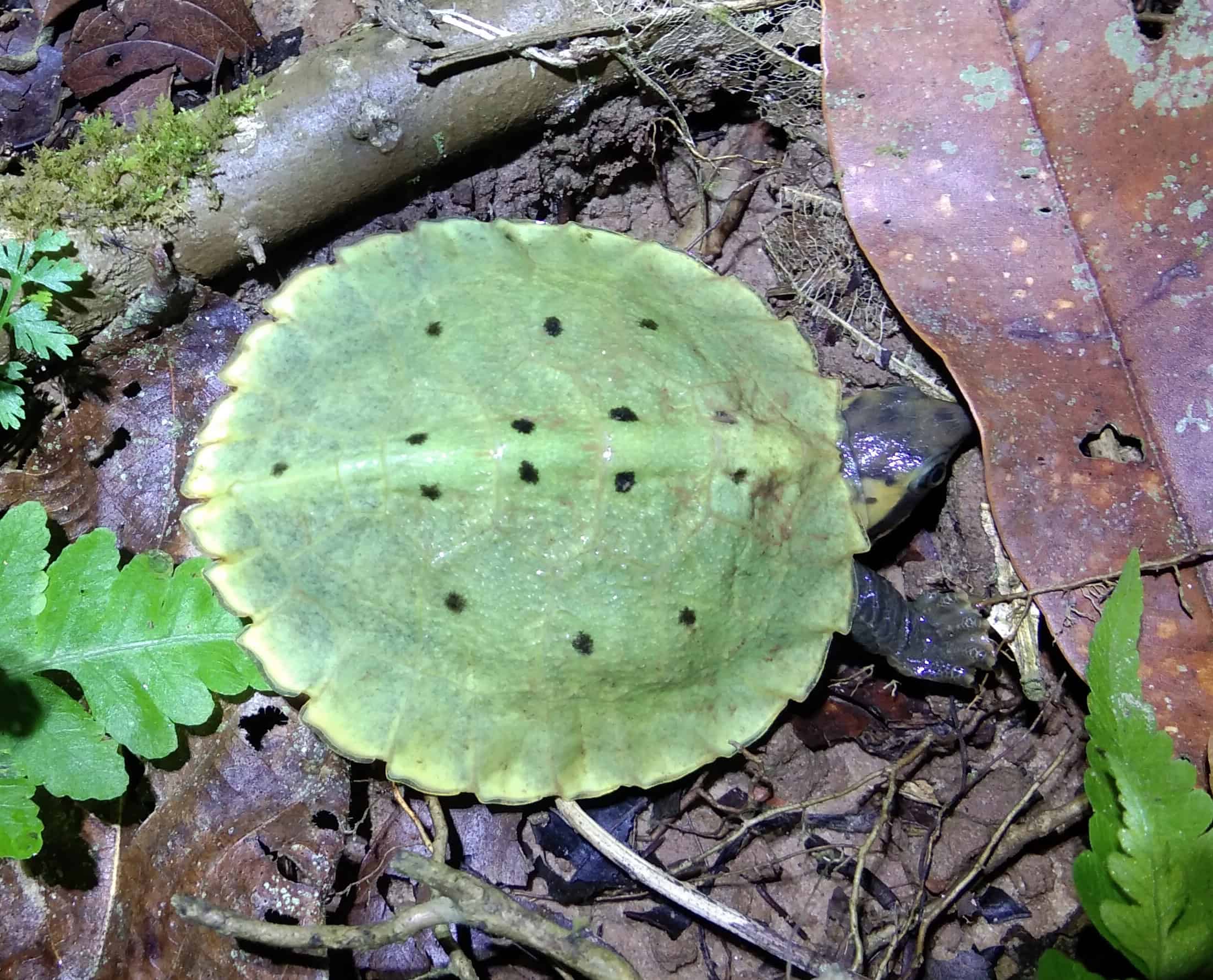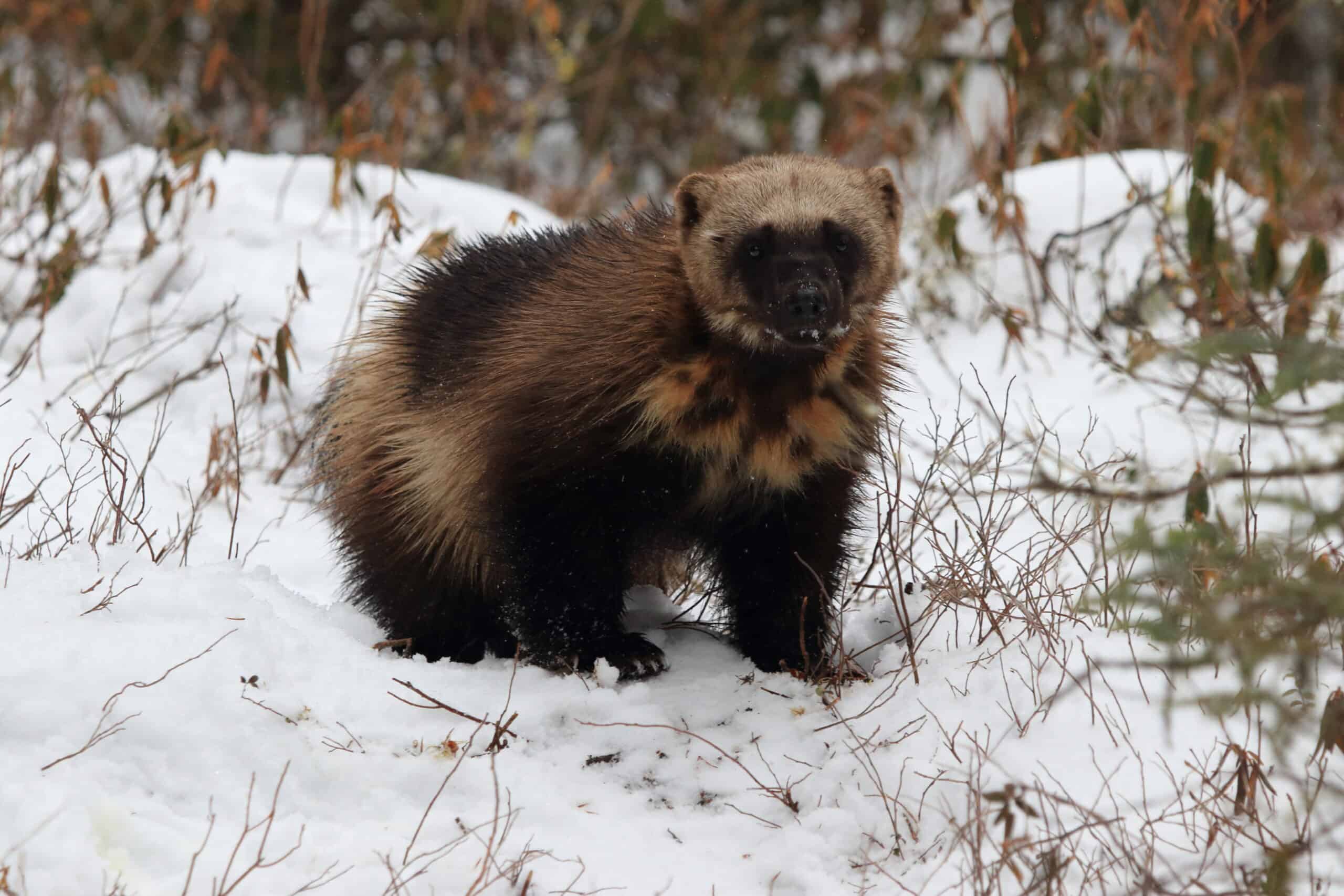Share this article
Resources Featured in this article
USFWS to revamp Endangered Species Act permitting
Proposed changes would streamline deployment of survival and incidental take permits
The U.S. Fish and Wildlife Service has proposed revisions to the Endangered Species Act that would enhance and streamline deployment of survival and incidental take permits.
The Service anticipates that the proposed changes will encourage more private landowners and companies to participate in voluntary programs under the ESA, ultimately leading to greater conservation results.
The revisions are meant for Section 10 of the ESA, which provides guidance for the issuance of permits to authorize take of listed species. Specifically, Section 10(a)(1)(A) allows the Service to issue Enhancement of Survival Permits, which protect landowners if their activities to benefit species cause incidental take. This permitting includes Safe Harbor Agreements (SHA) and Candidate Conservation Agreements with Assurances (CCAA).
The proposed revision would in part combine CCAAs and SHAs into one agreement called a Conservation Benefit Agreement (CBA), which could include activities associated with listed species, non-listed species, or both listed and non-listed species.
Aspects of both CCAAs and SHAs would be incorporated into the new CBA. Notably, Neighboring Landowner Provisions, previously only a part of SHAs, will now be applicable for both listed and non-listed species should property owners choose to incorporate that into the agreement. Neighboring Landowner Provisions are considered when occupation of non-enrolled neighboring lands is likely to occur. In this case, efforts are made to include the neighboring landowner as a signatory party to the agreement, therefore extending the Safe Harbor assurances.
Section 10(a)(1)(B) of the ESA allows the Service to issue permits that authorize incidental take of listed species associated with otherwise lawful activities. The proposed rulemaking would further allow for issuance of incidental take permits for species not listed under the ESA. This proposed change is intended to allow applicants to proactively obtain a permit for a species that may become listed during the permit term, in turn allowing them to continue with their covered activity.
“It’s more important than ever to incorporate the knowledge gained from working with landowners and conservation partners in developing and permitting voluntary conservation agreements,” said Service Director Martha Williams in a press release. “These improvements will assist landowners who want to manage their lands and undertake development activities while also implementing conservation efforts for species that need help.”
The USFWS is accepting public comments on the proposed ruling through April 10, 2023.
Header Image: On Oct. 30, 2013, 30 endangered black-footed ferrets (Mustela nigripes) were released onto cattle rancher Gary Walker's land, west of Pueblo, Colorado. Credit: Marla Trollan/USFWS








